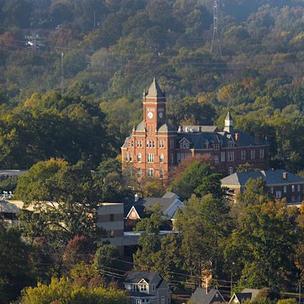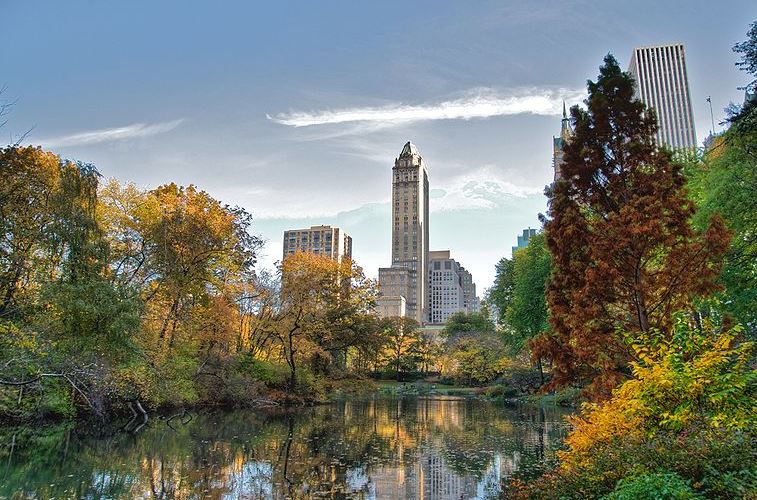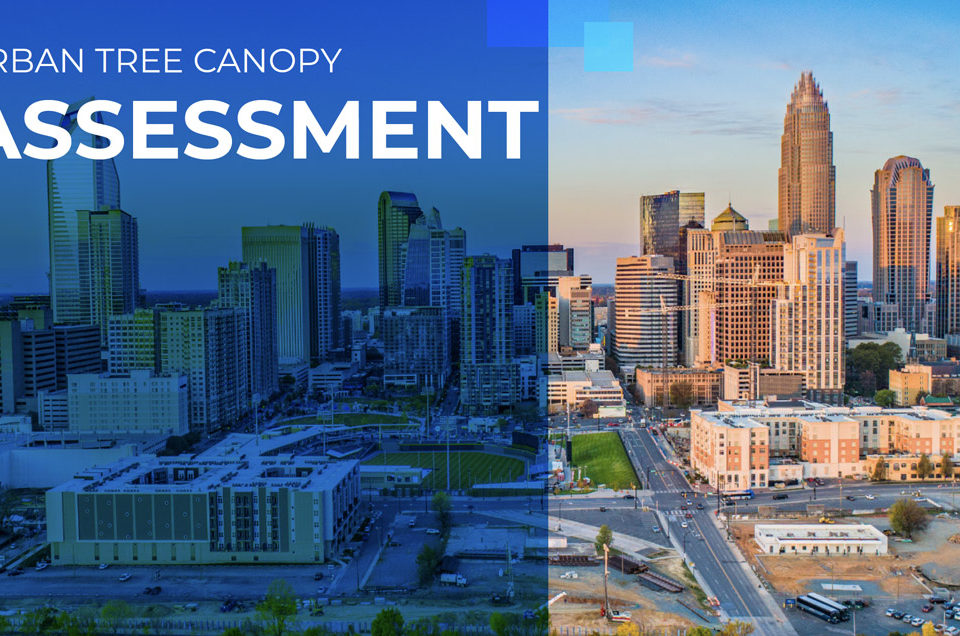Shadowing Project a Key to Better Neighborhoods
Third Annual Tree Summit Recap
6.05.14
Just Keep Growing –31 New Trees for Charlotte Campus
7.10.14
Dave Cable is Executive Director of TreesCharlotte. With Knight Foundation funding, he and a team from Charlotte are shadowing a program of the New York Restoration Project to acquire ideas that might be applied locally. He writes about his recent experience with a kickoff event in New York.
A Potential “Game Changer”
I recently attended a kickoff gathering in New York for an intriguing project with exciting potential for Charlotte. About 50 professionals from a wide swath of fields and interests gathered under the leadership of the New York Restoration Project, to share ideas, visions and experiences on ways to improve how neighborhoods function, and ways to enhance the quality of life for residents in New York’s neighborhoods. We discussed ideas on integrating land uses, green and open spaces, transportation and infrastructure, along with community programs – all at the neighborhood scale – to improve health, lower crime and increase small business activity and revenue.
So, what does this have to do with Charlotte? The program, spearheaded by the New York Restoration Project, is called Resilience in the Public Realm. It is funded largely with the support of Knight Foundation. Continuing its strong support for community engagement and commitment to community betterment in Charlotte, Knight Foundation is providing a bridge to Charlotte by paving the way for us to shadow the work of the program for the next year.
TreesCharlotte will lead the shadowing experience by attending gatherings in New York, and coordinating a team of community thought leaders to help process what we learn and apply that knowledge here in the Queen City. This effort is endorsed by Charlotte city manager Ron Carlee, and is fully supported by the TreesCharlotte Foundation board.
What is truly unique about this project is its interdisciplinary approach to evaluating neighborhood assets and potential. At its core, the project is about replacing traditional, isolated views of individual neighborhood features, such as sidewalks or streets or trees, with more integrated approaches of connectivity and capital investment to realize the full potential of all community features, in both the natural and built environments.
Another unique aspect of the project is its deep commitment to measuring outcomes, which may include a range of public health, safety, crime and environmental measures, along with business growth.
We don’t know yet what this means for Charlotte. The potential positive impact feels extraordinary, based on the high energy level and intelligence gathered at the kickoff. Marry that energy and all we are likely to learn with some of the great work already underway in neighborhoods across Charlotte, and this feels like it just might be a game changer. Stay tuned!
Dave

